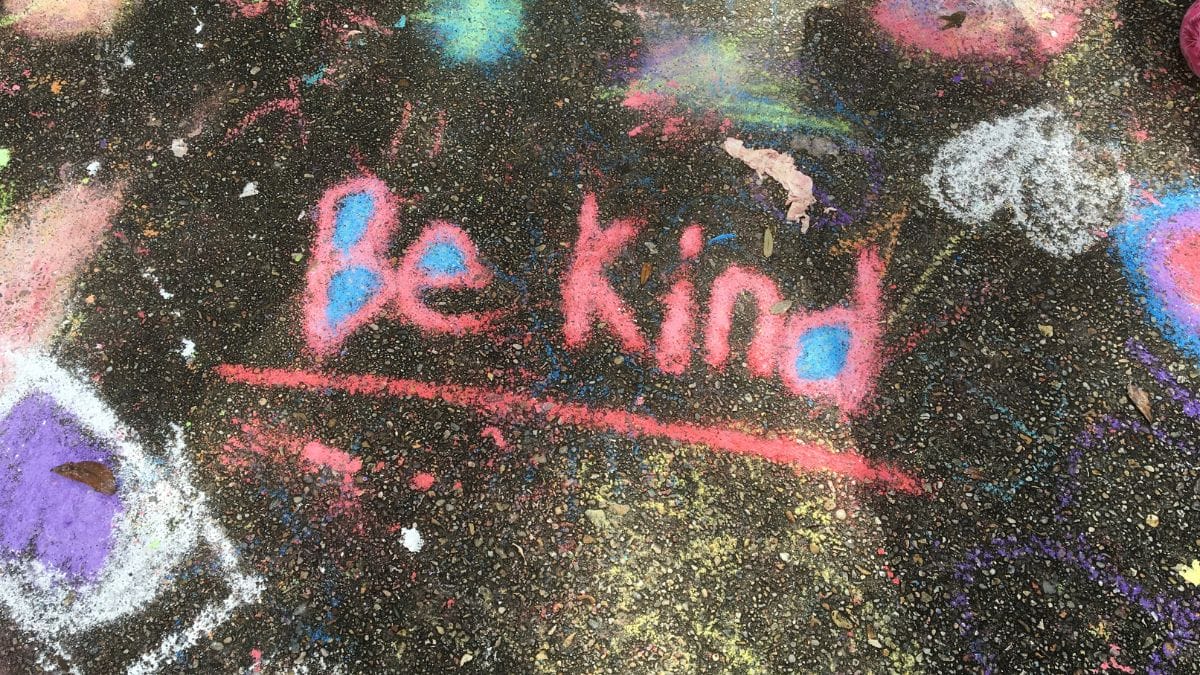February 13, 2023
By Aleta Margolis, Founder and President of Center for Inspired Teaching
Hooray for Monday is a weekly blog filled with questions, ideas, reflections, and actions we can all take to remodel the school experience for students.
You can now listen to Hooray for Monday on Spotify! Check out our podcast here.
 In his new book, The Science of Awe, psychologist Dacher Keltner speaks about “moral beauty” – a term he defines as simple everyday acts that inspire awe on the part of those who witness them. In this recent edition of the podcast On Being with Krista Tippet Keltner describes moral beauty as “kindness, courage, overcoming obstacles. You know, saving people’s lives. Just time and time again the most common source of awe is other people. And you wouldn’t think that given what we look at on Twitter and Instagram, but it’s a deep, a deep tendency to choke up and get tears thinking about what people can do.”
In his new book, The Science of Awe, psychologist Dacher Keltner speaks about “moral beauty” – a term he defines as simple everyday acts that inspire awe on the part of those who witness them. In this recent edition of the podcast On Being with Krista Tippet Keltner describes moral beauty as “kindness, courage, overcoming obstacles. You know, saving people’s lives. Just time and time again the most common source of awe is other people. And you wouldn’t think that given what we look at on Twitter and Instagram, but it’s a deep, a deep tendency to choke up and get tears thinking about what people can do.”

Listening to Keltner speak about his work got me wondering:
How might our approach to teaching reading, math, social studies, science, and the arts change if we were to strive to create more encounters with moral beauty as part of the teaching and learning process?
The shifts might appear subtle at first. For instance, instead of punishing a child for failing to show kindness, we might respond with kindness when a child has a misstep or speaks meanly to a friend. The shifts might also look like:
- Elevating stories of people overcoming obstacles and making change in our Language Arts and social studies classes, and giving students opportunities to write and share such examples from their own lives.
- Acknowledging moments in math class when students help each other to understand concepts, and using the problem-solving core of this discipline to help students see themselves as capable of doing hard things.
- Finding ways to focus science lessons on addressing global issues, and shining a light on how students have used their curiosity to do just that.
- Introducing students to the work of artists who are using their creativity to create change, and making space for projects in which students can do the same.

If we teach our students to notice moral beauty in the world around them, we also offer examples of the ways in which they can exhibit moral beauty themselves. Such a focus could create real shifts in the learning environment, as kind acts are noticed and appreciated in an authentic manner, and lapses in kindness are met with curiosity, compassion, and determination to illuminate new possibilities, a better way next time.
Much like asset framing offers a strength-based approach to solving problems, a focus on moral beauty offers a strength-based approach to building empathy and strengthening character.
It’s not the approach we typically think of as teaching “morals” in schools. (A while back my colleagues and I found a series of books designed to “teach morality” in a box that had been donated to us. Upon inspection, they were 12 volumes of different ways to shame a child who had failed to live up to adult expectations. This is not what we mean by teaching about moral beauty!)

Keltner explains that, “within the study of morality, it has long been the view that we find our moral compass in the teaching of abstract principles, the study of great texts, or the leadership of charismatic gurus and great sages. In fact, we are just as likely to find our ‘moral law within’ in the awe we feel for the wonders of others nearby.”
When we increase the occasions in which our students experience moral beauty, we build our collective capacity to feel and create awe and joy. As teachers we have the opportunity to nurture the moral beauty that already exists within every child, and every adult as well.
RELATED RESOURCES
 How Awe Can Help Students Develop Purpose
How Awe Can Help Students Develop Purpose
Greater Good Magazine
"An awe experience has the potential to open their minds to new ways of thinking, including what their place in the world might be."
Read More.

Finding Smiles
One way to feel and create moral beauty is simply to pay more attention to others. This activity can be done at any age. It encourages students to really see each other, and as a bonus, it fosters more smiling in the classroom. Read more.
 What's the Most Common Source of Awe?
What's the Most Common Source of Awe?
Greater Good Magazine
"Over 95% of the moral beauty that stirred awe worldwide was in actions people took on behalf of others."
Read More.



